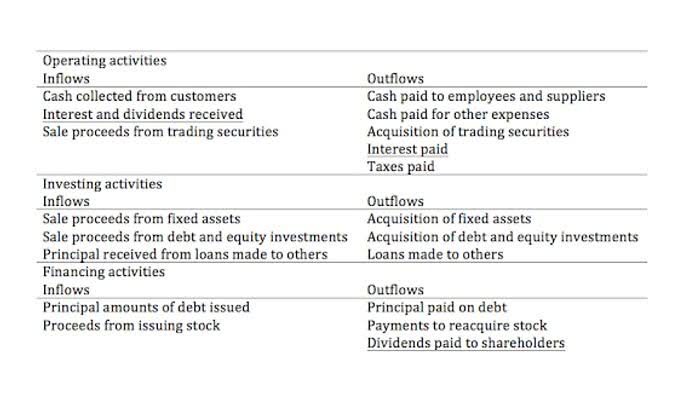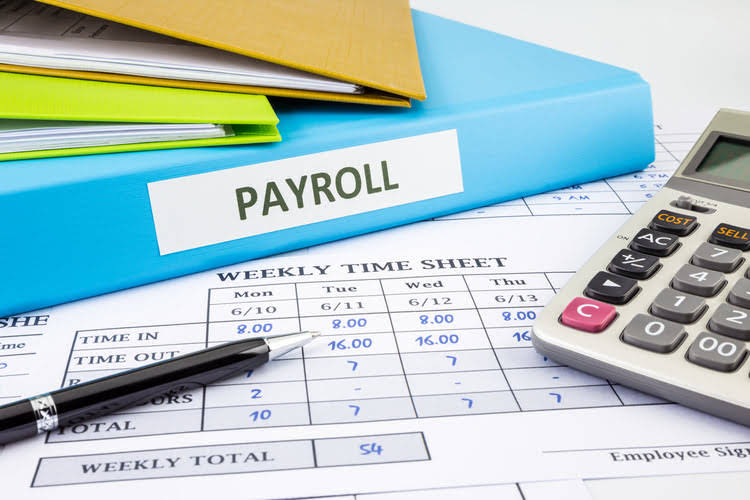
A reverse stock split would decrease the number of issued and outstanding shares. For example, a 1-for-10 reverse stock split would reduce the number by 90 percent. You can find the total number of shares in the shareholders’ equity section of a company’s balance sheet, which also summarizes the assets and liabilities.

How Stock Splits Influence Shares
- A company’s outstanding shares may change over time because of several reasons.
- For example, a company might authorize 10 million shares to be created for its IPO, but end up actually only issuing nine million of the shares.
- Understanding how to calculate outstanding shares for a public company would appear to be a simple matter.
- A reverse stock split would decrease the number of issued and outstanding shares.
- Once you have collected the total number of preferred shares, common shares outstanding, and treasury shares, you’re ready to do your calculation.
The shares companies how to find the number of shares outstanding issue are known as authorized shares, which are the maximum number of shares they are lawfully permitted to make available to investors. An additional metric used alongside shares outstanding is a company’s “float,” which refers to the shares available for investors to buy and sell on the open market. Shares outstanding is a financial number that represents all the shares of a company’s stock that shareholders, including investors and employees, currently own. When companies consider their stocks to be undervalued, they often initiate a share repurchase program, buying back some of their issued shares at a favorable price. There are inherent risks involved with investing in the stock market, including the loss of your investment.

What Does Total Stockholders Equity Represent?
Some companies’ balance sheets list the common shares outstanding straight out. If that’s the case, congratulations, you don’t need to do any calculations. But usually you will need to pull several numbers from the https://www.bookstime.com/ balance sheet in order to calculate the total outstanding shares formula.

What are outstanding shares?
This figure is important because it translates a company’s overall performance into per-share metrics, making an analysis much easier regarding a stock’s market price at a given time. If there are 100 shares outstanding and you buy one, you own 1% of the company’s equity. The number of shares outstanding in the balance sheet is as of the balance sheet date (December 31, 2018, in the example above). At this date, the company had 2.4 billion shares authorized and issued around 1.19 billion shares. The number of basic shares outstanding is calculated as the number of shares issued (1,192,093,991) less treasury stock (428,676,471). Outstanding shares impact a company’s market capitalization, which is calculated by multiplying the stock price by https://www.facebook.com/BooksTimeInc/ the number of outstanding shares.
- Notably, stock splits and reverse stock splits significantly influence the number of outstanding shares.
- Different ratios may use the basic number of outstanding shares, while others may use the diluted version.
- The most commonly used stock split ratios are 2-for-1 and 3-for-1, meaning shareholders receive two or three additional shares for every share they already own.
- Some companies’ balance sheets list the common shares outstanding straight out.
- Similarly, companies may repurchase their own stock, reducing the outstanding share count.
- Issued shares refer to those shares issued by the company over time — yet, unlike outstanding shares, the number of issued shares includes shares repurchased by the company and held as treasury stock.
- One simple calculation for the number of shares in a firm comes from readily available information on a stock’s market capitalization.
The par value is the stated or nominal value of each share and the paid-in capital is the amount in excess of the par value received when issuing the shares. Below is some information about shares-related transactions of a company. We have been asked to show how the following transactions will impact the company’s balance sheet and calculate the number of shares outstanding.
